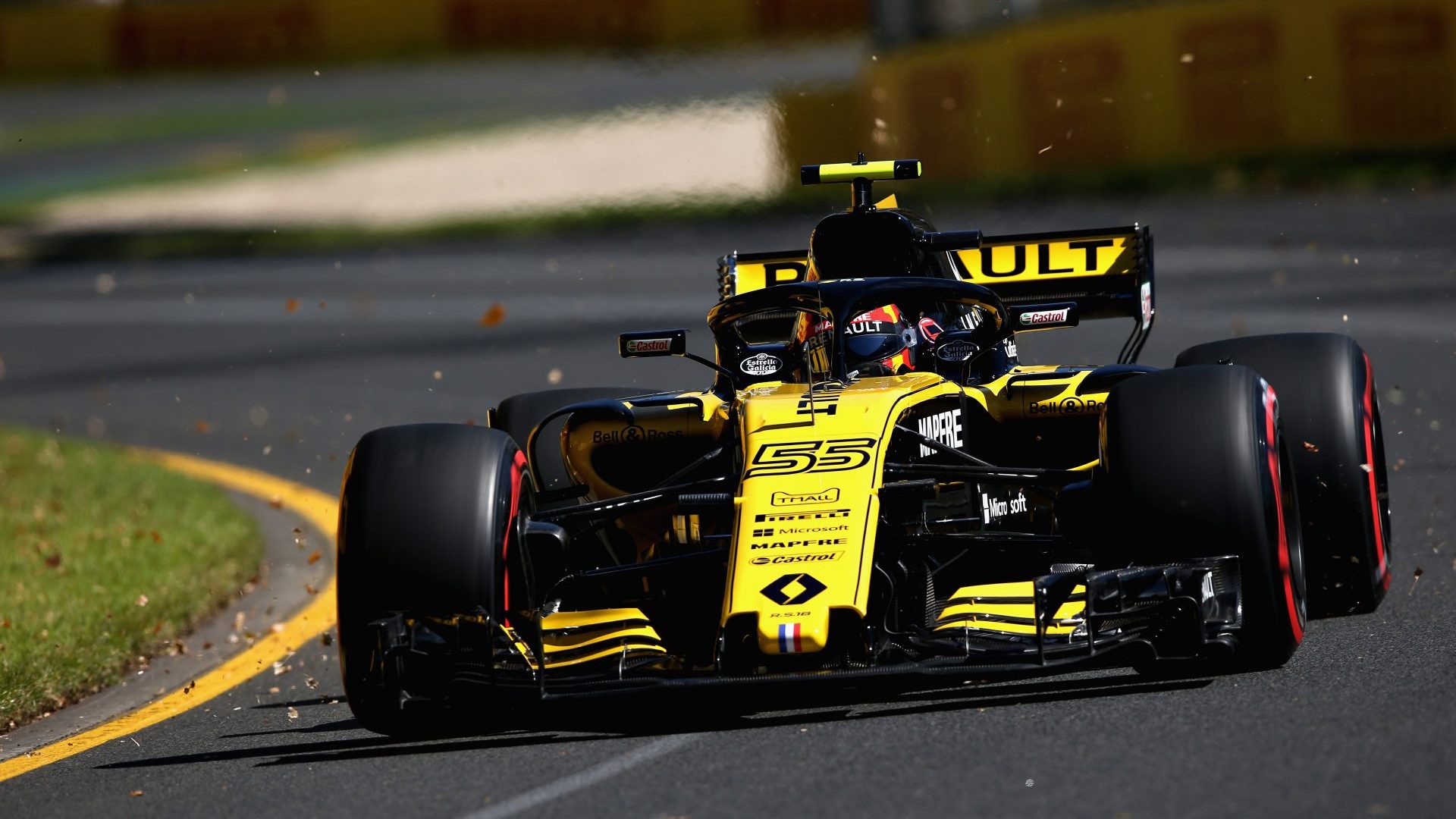

The next generation of the Formula 1 engines is due in 2021. The sport’s governing body has not decided which direction to take engines, but engine manufacturers Renault, Ferrari, and Mercedes are without a doubt itching to get started on their next-gen engines. The possibility of new entries in 2021, however, has Renault Sport F1 worried.
The team’s managing director, Cyril Abiteboul, points out the handicap faced by existing engine suppliers, for whom the tandem development of a current and future engine would prove challenging. Abiteboul asks that engines be frozen for the 2019 and 2020 season, to avoid this problem.
“The one thing we will not want to do is to have the burden of developing two engines in parallel,” Abiteboul told Motorsport.
“There are two things basically in our key message and our position at Renault. First before committing to a regulation, we need to understand the bigger picture. And secondly, we don’t see it’s acceptable or sustainable to have to work on two engines in parallel at the same time, for the simple reason that if there was to be a new entrant, which is what we wish, he will have a fantastic advantage in being able to focus on the future, and not to have to worry about the present and the customers, and so and so forth.”
Head of the Red Bull Racing program, Dr. Helmut Marko, whose A-team uses TAG Heuer-branded Renault engines, agrees with Abiteboul.
“If new engine rules are coming which we hope should be announced pretty soon, than we have to freeze the engines as they are now, and there should be a rule that every engine has to be within three percent, and that is to be properly fulfilled,” stated Marko in Motorsport‘s report.
As of the end of the winter break, reports claimed both Mercedes and Ferrari had cracked four-figure power outputs, while Renault was stuck down at 950 horsepower.
Current power figures are known only to each company’s engineers, and are a secret guarded like one’s own offspring. Engine parity nonetheless remains a contentious topic in F1, with rival teams calling for the ban of the “party mode” power burst setting on Mercedes’ cutting-edge engine.
While the team confirmed that Lewis Hamilton used the “party mode” on his pole lap at the Australian Grand Prix, Hamilton was credited responsibility for the tremendous gap between himself and his closest rival, Ferrari’s Kimi Räikkönen, who qualified almost 0.7 seconds below the Brit. It was Ferrari, after all, that was discovered to have the straight-line advantage in ‘Straya, so engines may at least be a two-horse race in 2018, with Renault panting a distant third, and Honda tripping over every cobblestone.